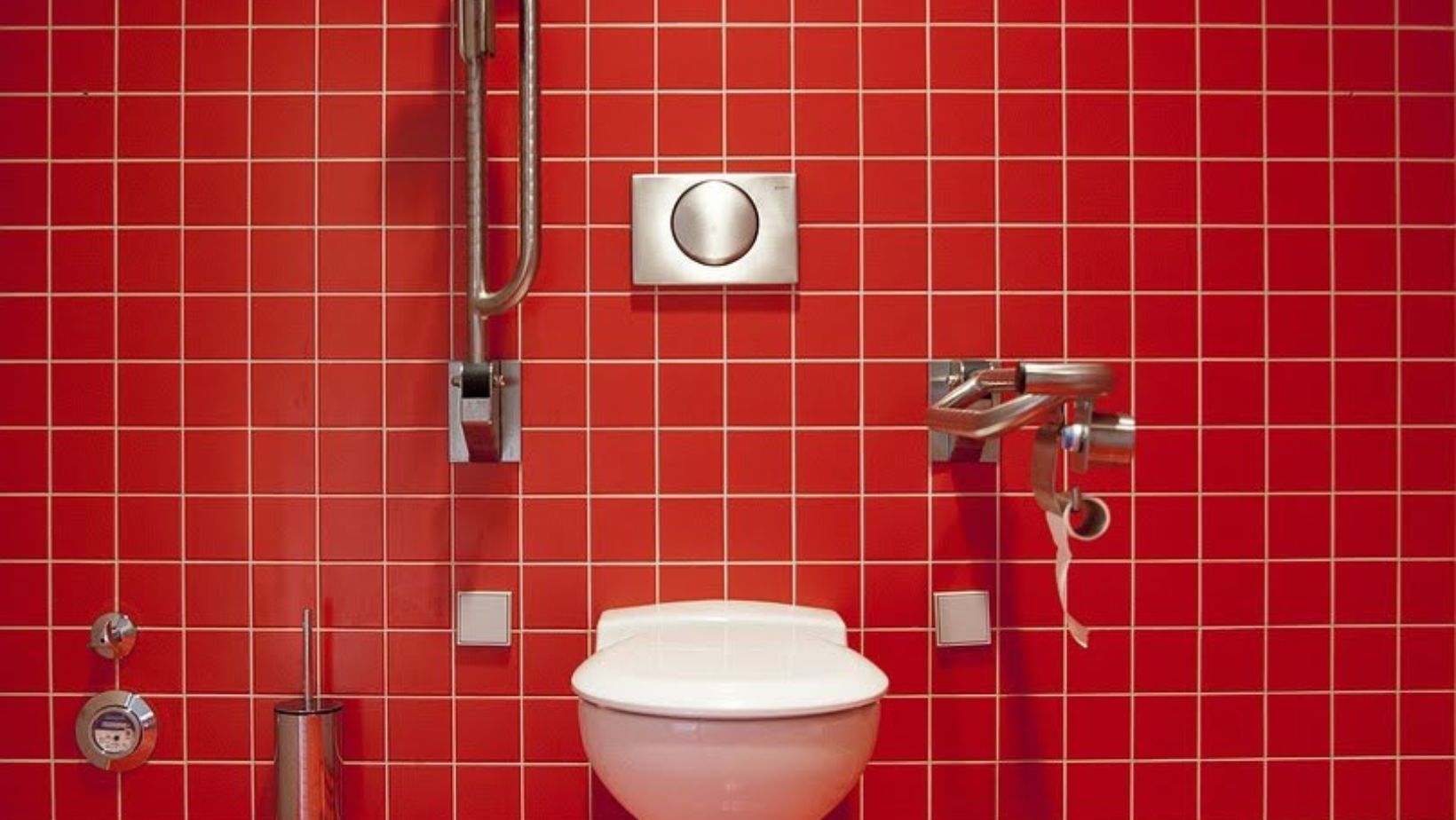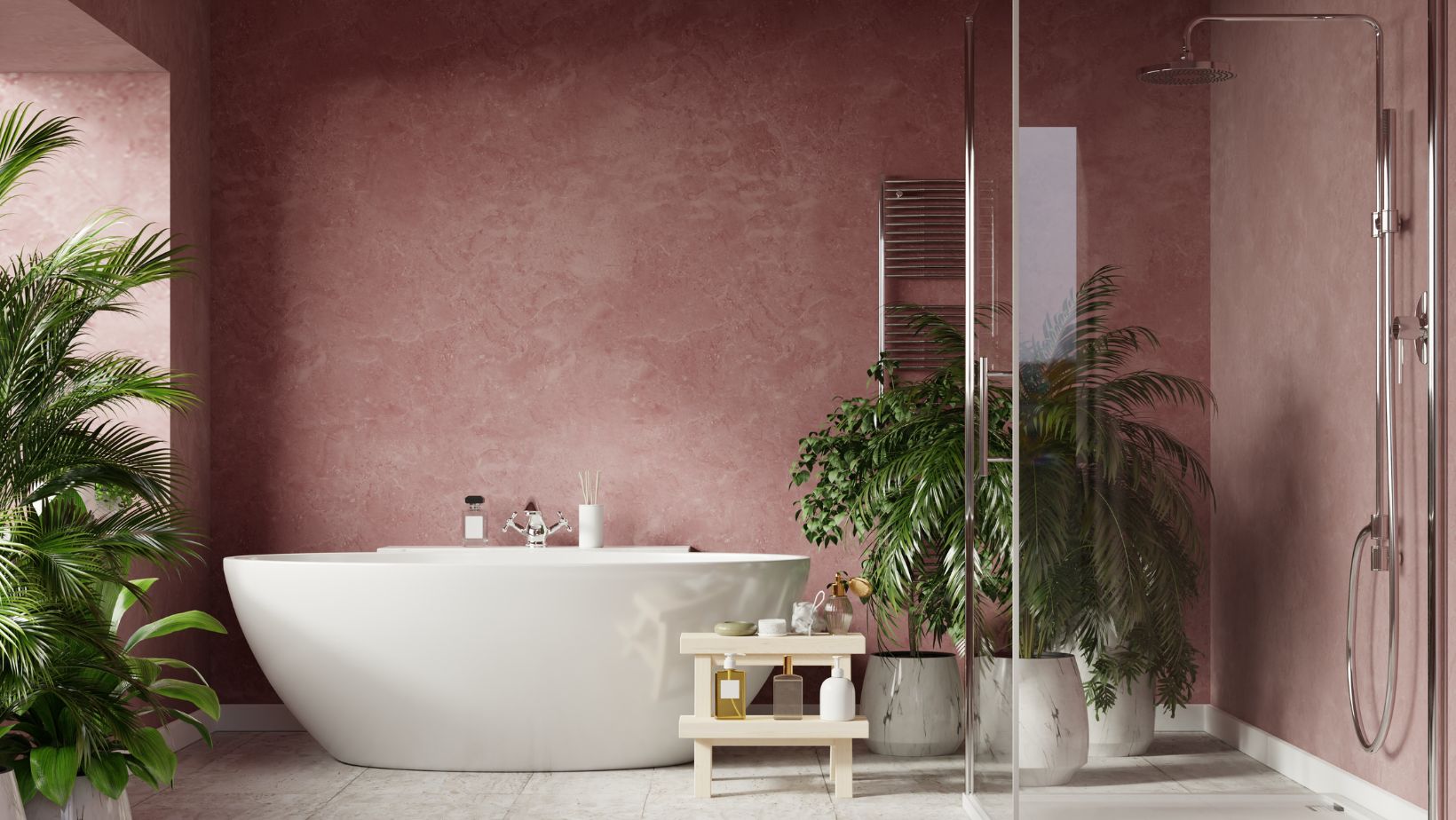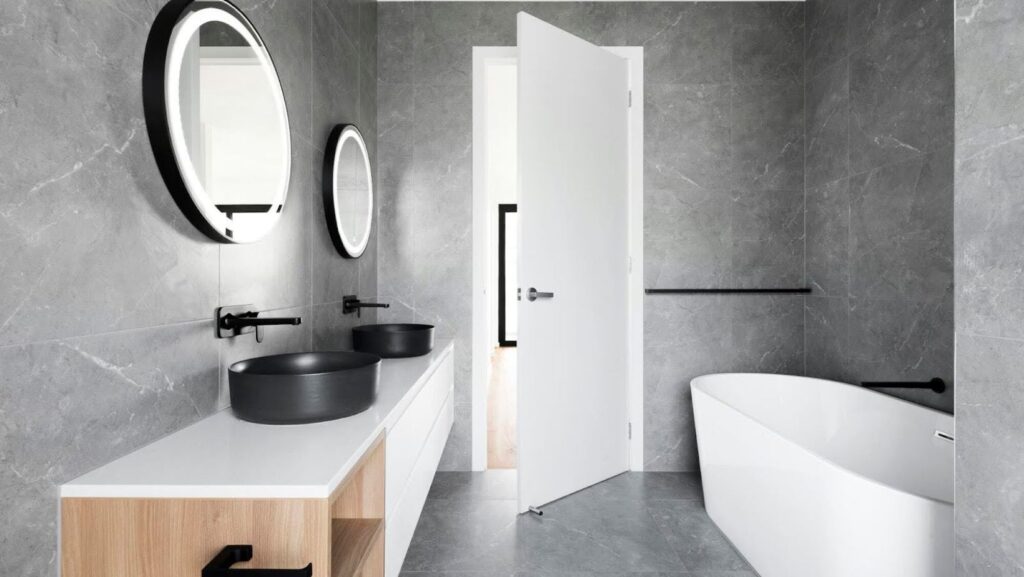In a world where inclusivity matters more than ever, ensuring that spaces are accessible to everyone is crucial. Bathrooms, being essential facilities, must adhere to guidelines that accommodate individuals with disabilities. This blog post will explain the essentials of ADA bathroom requirements, help you understand the importance of compliance, and provide practical steps to implement these standards. Whether you’re a business owner, a facility manager, or simply someone interested in creating equitable spaces, this guide has you covered.
Understanding the ADA and Its Significance
The Americans with Disabilities Act (ADA) covers various areas, including employment, public accommodations, and transportation, ensuring equal opportunities for all. One of the critical components of the ADA is its focus on accessibility, particularly in public spaces like bathrooms. Explore the internet to know more about this act, including comprehensive ADA shower requirements and other guidelines. Implementing ADA standards in bathroom design is an opportunity to create accommodating environments, ensuring everyone can access essential facilities with ease and dignity regardless of physical ability. ADA compliance is also about fostering inclusion and making spaces accessible to everyone. For businesses, abiding by ADA standards can enhance customer satisfaction and broaden their client base. For facility managers, it ensures that spaces are welcoming and safe for people of all abilities.
The Fundamentals of ADA Bathroom Design
When designing an ADA-compliant bathroom, several fundamental elements must be considered. These include doorways, space, fixtures, and safety features. Doorways should be wide enough to ensure smooth entry and exit for wheelchair users. Clear space within the bathroom is also essential, providing enough room for individuals to maneuver comfortably. Fixtures such as sinks, toilets, and grab bars must be installed at specific heights and locations to accommodate individuals with varying physical abilities. Safety features like non-slip flooring and accessible signage further enhance the space’s usability. Adhering to these fundamental principles creates a bathroom environment that is compliant with ADA standards and welcoming to all users.
Crafting Accessible Doorways
Doorways play a pivotal role in bathroom accessibility. Other considerations besides width include the height of thresholds and the force required to open doors. Ideally, thresholds should be less than half an inch high to prevent tripping hazards and facilitate smooth transitions. The door should require minimal force to open, making it accessible for individuals with limited strength. Automatic doors or push-button systems are excellent solutions for enhancing accessibility, especially in high-traffic areas. By focusing on doorway design, you can significantly improve the overall accessibility of your bathroom facilities.
Ensuring Ample Maneuvering Space
Space is a critical factor in ADA-compliant bathroom design. Ensuring ample maneuvering space allows individuals with mobility aids, such as wheelchairs or walkers, to use the facilities comfortably. ADA guidelines recommend a clear floor space of at least 60 inches in diameter for a complete 360-degree turn.

This requirement helps prevent congestion and makes it easier for users to access different areas within the bathroom. Placing fixtures thoughtfully and avoiding unnecessary obstructions are vital for maintaining the required space. Incorporating open layouts and minimizing clutter enhances accessibility and creates a more pleasant and user-friendly bathroom experience.
Selecting Accessible Fixtures
Fixtures are essential components of a bathroom, and selecting ones that comply with ADA standards is crucial. The placement and height of sinks, toilets, and grab bars can significantly impact the bathroom’s usability. Sinks should have knee clearance beneath them to accommodate wheelchair users. Faucets should be operable with one hand without requiring tight grasping or twisting, making them accessible to individuals with limited dexterity.
Toilets must be between 17 and 19 inches high from the floor to the top of the seat, providing a comfortable height for users. Grab bars placed strategically around toilets and in showers offer additional support, ensuring users’ safety and independence. By carefully selecting and positioning fixtures, you create a bathroom environment that is functional and inclusive for everyone.
Incorporating Safety Features
Safety is paramount in any bathroom; incorporating safety features is essential for ADA compliance. Non-slip flooring reduces the risk of falls. Proper lighting is another critical element. It ensures that all bathroom areas are well-lit and free from shadows. This helps users with visual impairments and reduces the likelihood of accidents. Emergency alert systems, such as pull cords or buttons, provide an added layer of security, allowing users to call for assistance if needed.
Providing Accessible Signage
Signage is vital in guiding users and ensuring they can quickly locate and access bathroom facilities. ADA guidelines specify that signs should be easy to read, with high contrast and tactile elements for individuals with visual impairments. Braille signage is a crucial component, enabling those who are blind or have low vision to understand and locate facilities independently. Clear and informative signage enhances the overall accessibility of the bathroom, promoting independence and confidence for all users.
Implementing Inclusive Ventilation and Acoustics
Ventilation and acoustics are often overlooked in bathroom design, yet they play a crucial role in creating a comfortable environment. Proper ventilation ensures good air quality and prevents the buildup of moisture and odors. Acoustics are equally important, as they can impact users’ overall experience. Sound-absorbing materials and designs that minimize noise enhance privacy and comfort, making the bathroom a more pleasant space for everyone. Considering ventilation and acoustics in your design contributes to a more inclusive and enjoyable bathroom experience.
Addressing Additional Needs
Beyond the basic ADA requirements, there are additional considerations that can further enhance the accessibility and inclusivity of your bathroom. These include providing family or gender-neutral restrooms catering to diverse users’ needs. Family restrooms offer a private space for parents with young children or individuals who require assistance, while gender-neutral restrooms provide an inclusive option for all users. Addressing these additional needs creates a welcoming environment that respects and accommodates your community’s diversity.
Creating a Culture of Accessibility
Beyond physical spaces, fostering a culture of accessibility within your organization or community is essential. Education and awareness initiatives can help individuals understand the importance of accessibility and encourage positive attitudes and behaviors. Empowering employees and users to advocate for accessibility improvements creates a proactive environment where everyone can contribute to meaningful change. Creating a culture of accessibility goes beyond meeting regulations; it involves fostering an inclusive mindset that values diversity and accessibility for all.

By understanding and implementing ADA bathroom requirements, you pave the way for compliant but also welcoming and inclusive spaces. These efforts contribute to a more accessible world where everyone can participate and thrive. Creating accessible bathrooms is a decisive step toward inclusivity, reflecting a commitment to diversity and equal opportunities. For those seeking further guidance or support, consider consulting with experts or exploring additional resources to enhance your understanding and implementation of ADA standards.



